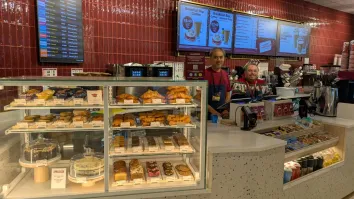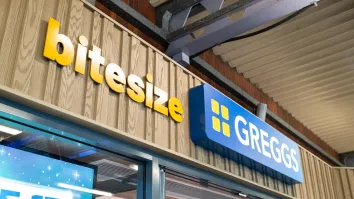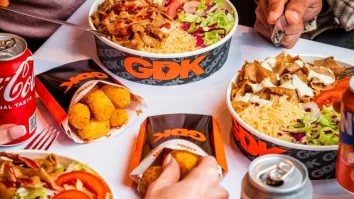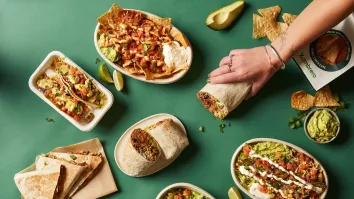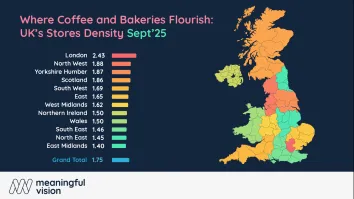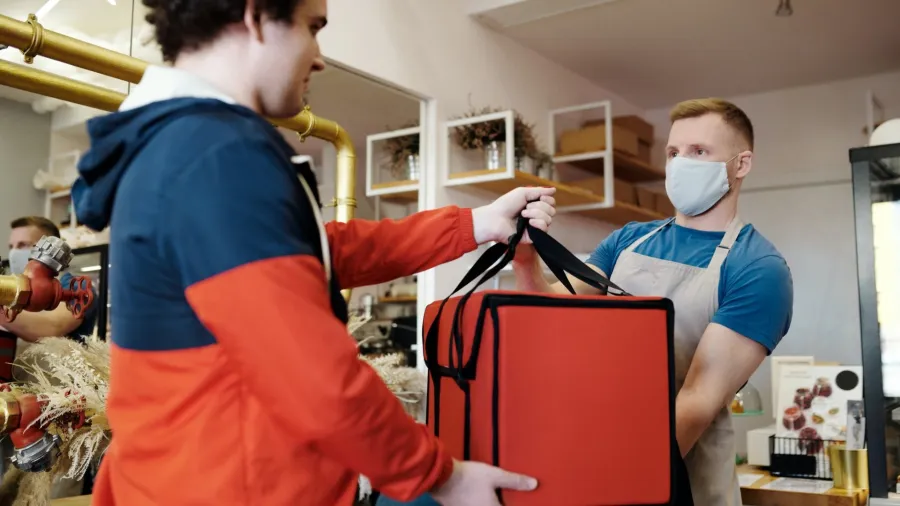
Delivery, takeaway sales slip YoY as more customers opt for out-of-home eating
The focus for operators is turning repeat customers into loyal advocates, an analyst said.
Delivery and takeaway sales of restaurants and pubs remain more than double pre-COVID-19 levels but dipped year-on-year after consumers returned to their out-of-home eating habits.
Combined sales for both channels in March 2022 were 119% higher than in March 2019, the latest edition of the CGA & Slerp Hospitality at Home Tracker showed. Three-year sales growth for deliveries stands at 382%—19 times the increase of 20% in the takeaway and click-and-collect sector.
Growth has stalled in the last 12 months, however, as COVID-19 restrictions eased. March delivery and takeaway sales were 24% below the levels of March 2021, a period when Britain was under strict COVID-19 restrictions and venues were closed. Deliveries were 19% down year-on-year, and takeaways down 31%.
Karl Chessell, CGA’s director - hospitality operators and food, EMEA, said: “Given the comparatives, the year-on-year dip in deliveries and takeaways was inevitable. It’s also a welcome sign that many consumers still prefer eating out to ordering in, and that their behaviour is settling back to pre-pandemic norms. However, the at-home market still represents around a quarter of managed groups’ sales, and it is very clear that the convenience of deliveries will continue to appeal. Optimising deliveries and partnerships with third-party platforms, without disrupting eat-in trading, is going to be crucial as we head towards the summer.”
Slerp founder JP Then added: “The focus for operators is turning repeat customers into loyal advocates. This applies online as much as it does for on premise. We know that up to 70% of revenue is generated from 30% of customers - it’s now about engaging with this customer base when they purchase online, and rewarding them to drive repeat purchases directly. Successful operators are using their own apps and web-ordering with loyalty and customers are responding with repeat spend.”


